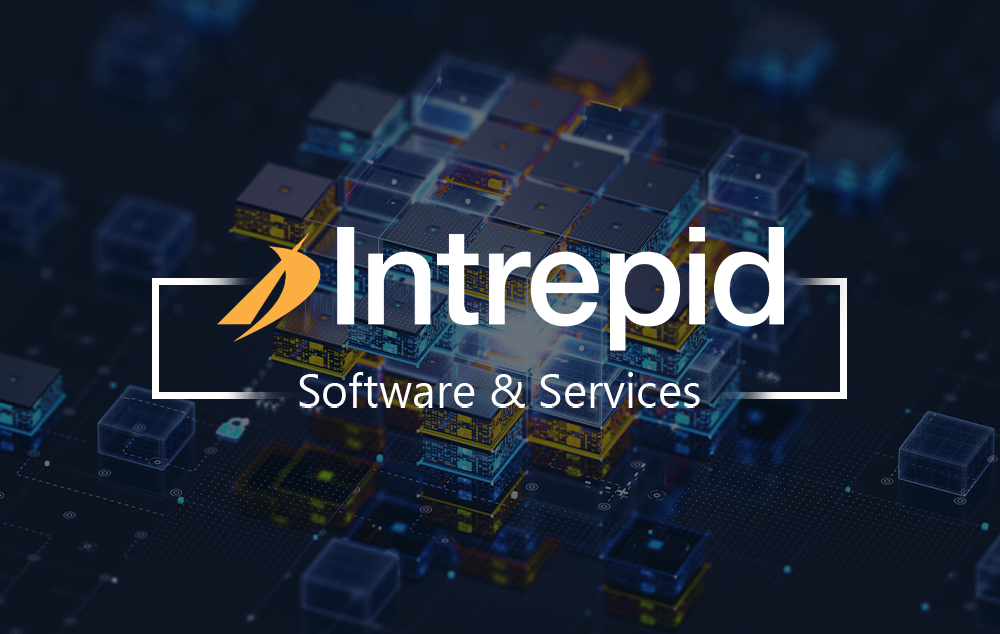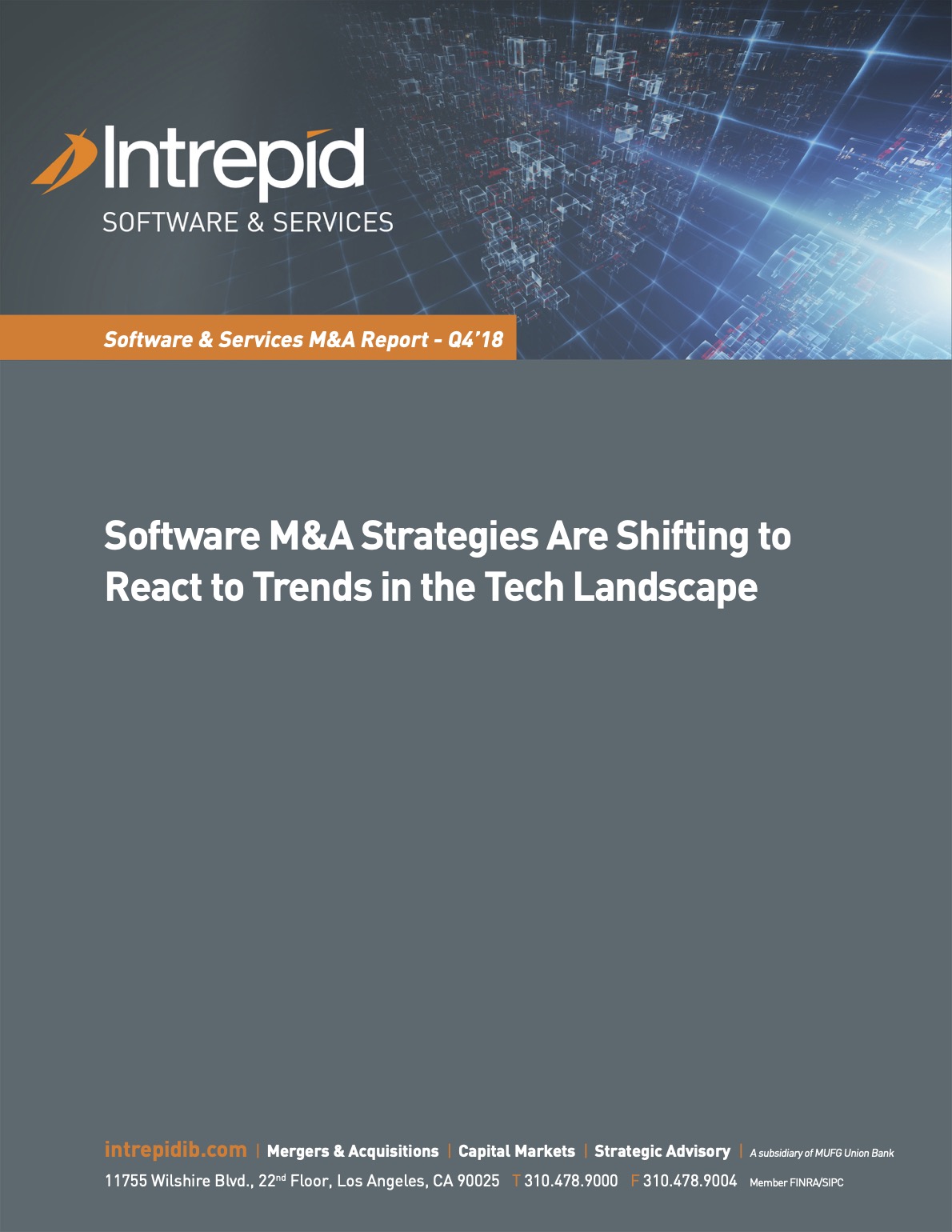In our Software & Services industry report of Q4 last year, we referred to 2017 as the year of the non-traditional acquirer. A number of businesses leveraged their balance sheets to pursue technology strategies via acquisition, opening up the software M&A landscape to a diverse set of buyers.
In 2018, however, we saw the return of many of the traditional software strategic buyers, with large deals printed by SAP, IBM, Adobe and others, but we saw a few surprises as well. Few expected Broadcom’s $18.9 billion purchase of CA Technologies, for example, as the world’s second largest fabless semiconductor manufacturer completes one of the largest software / infrastructure management acquisitions in history. What appeared to be a combination that lacked a natural product fit and synergies on the surface is driven by the opportunity to up-sell/cross-sell into CA’s vast, deeply-embedded install base of customers.
We are also now seeing that M&A strategies are shifting to react to trends in the technology landscape – AI / machine learning deals exploded in 2018 in both valuations and deal volume, marketing technology is on the rise (AppNexus, Marketo and Acxiom, among others) and cybersecurity remains top of mind for both software companies and service providers alike.
Despite the weak performance of many of the publicly traded software companies in 2018, dealmaking was stronger than in the prior year, nevertheless, with a total disclosed value of SaaS M&A activity more than twice the level seen in 2017. This reverses the year-on-year decline that 2017 saw and bodes well for 2019.

